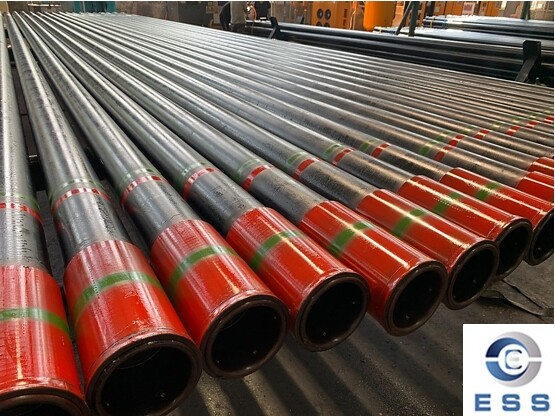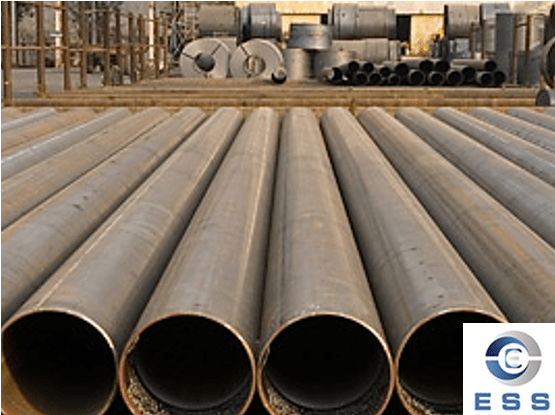
In the oil and gas industry, OCTG pipe is
indispensable material, and choosing the right standard is essential to ensure
product quality and performance. API 5CT and ISO 11960 are the two most
commonly used OCTG pipe standards, each with its own characteristics and
suitable for different application scenarios.
API 5CT Standard
API 5CT is a standard developed by the
American Petroleum Institute (API) and is widely used in the oil and gas
industry. The standard specifies the technical requirements for casing pipe, tubing and drill pipe,
including materials, dimensions, mechanical properties and test methods. API
5CT is suitable for onshore and offshore oil and gas wells, especially in high
pressure and highly corrosive environments.
1. Materials
API 5CT covers a variety of steel grades,
such as J55, K55, N80, L80, C90, P110, etc., each with specific chemical
composition and mechanical properties.
2. Dimensions and tolerances
API 5CT has strict regulations on
dimensions and tolerances to ensure the compatibility and reliability of pipes
in actual applications.
3. Testing and certification
API 5CT requires a series of tests such as
tensile tests, hardness tests, sulfide stress cracking tests, etc. to ensure
product quality.
ISO 11960 Standard
ISO 11960 is an international standard
developed by the International Organization for Standardization (ISO) to
regulate casing and tubing in the oil and gas industry. The standard sets
strict requirements on the quality, dimensions, mechanical properties and test
methods of pipes. ISO 11960 is suitable for international projects, especially
in the European and Asian markets.
1. Materials
ISO 11960 covers a variety of materials,
including carbon steel and alloy steel, suitable for different environmental
conditions.
2. Dimensions and tolerances
ISO 11960's requirements for dimensions and
tolerances are generally more stringent than API 5CT, ensuring the versatility
of pipes in the international market.
3. Testing and certification
ISO 11960 provides a detailed testing and
certification process to ensure product quality and safety.
API 5CT vs. ISO 11960: Comparison
1. Scope of application
API 5CT is mainly applicable to the North
American and international oil and gas industries, especially in high-pressure
and highly corrosive environments.
ISO 11960 is globally applicable,
especially in the European and Asian markets, and is suitable for international
projects.
2. Materials and performance
API 5CT offers a variety of high-strength
alloy steel options for high-pressure and high-torque environments.
ISO 11960 covers a variety of materials,
has strict requirements for performance and testing, and is suitable for
complex environments.
3. Dimensions and tolerances
API 5CT has a wide range of dimensions and
moderate tolerance requirements.
ISO 11960 has strict dimensional and
tolerance requirements to ensure universality in the international market.
4. Testing and certification
API 5CT provides a detailed testing and
certification process to ensure product quality.
ISO 11960's testing and certification
process is more comprehensive and rigorous.
Summary
When choosing OCTG pipes, you need to
choose the appropriate standard based on the specific application scenario and
market requirements. API 5CT is a common standard in the oil and gas industry,
suitable for high pressure and highly corrosive environments; ISO 11960 is
universally used, especially in the European and Asian markets.
Read more: OCTG Pipes: Decoding The Differences Between API, ISO And DIN Standards













 Eastern Steel Manufacturing Co.,Ltd not only improve product production and sales services, but also provide additional value-added services. As long as you need, we can complete your specific needs together.
Eastern Steel Manufacturing Co.,Ltd not only improve product production and sales services, but also provide additional value-added services. As long as you need, we can complete your specific needs together.










